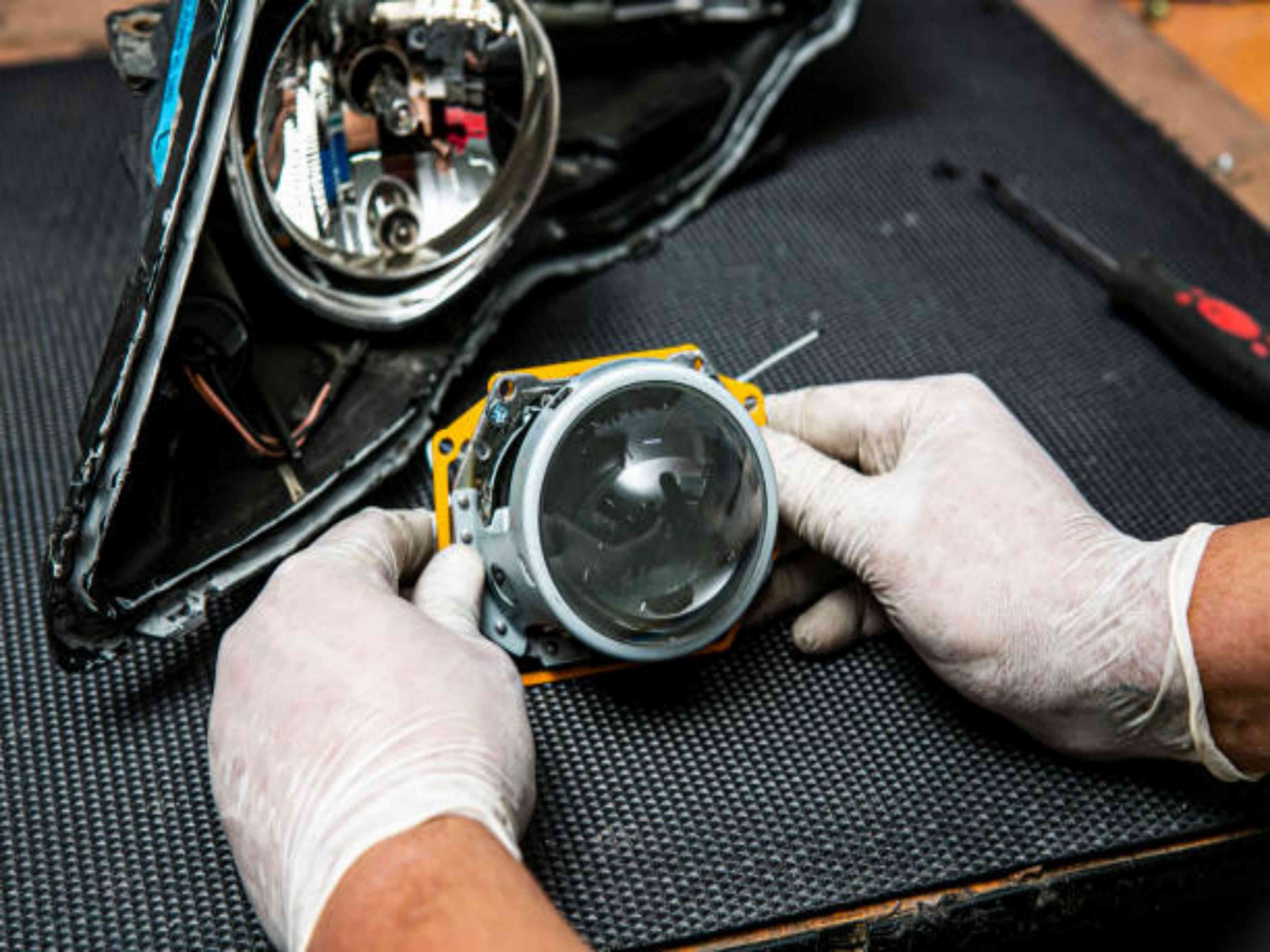Today, the editor is going to introduce to you the content of the function and imaging law of optical lens in car lights, welcome to read!
The role of optical lenses in headlights
1. Because the lens has a strong light-gathering ability, it is used to illuminate the road, not only the road is bright, but also clear.
2. Due to the small light dispersion, the light range is farther and clearer than ordinary halogen lamps. As a result, you can instantly see what's in the distance, avoiding crossing intersections or missing targets.
3. Compared with the traditional lamp head, the headlight of the lens lamp head has uniform brightness and strong penetrating power, whether it is rainy or foggy, it has a strong penetrating power. As a result, oncoming vehicles can receive the lighting information immediately and avoid accidents.
4. The lifespan of the HID bulb in the lens is 8 to 10 times that of the ordinary bulb, reducing the unnecessary trouble that you always change the lamp.
5. The lens xenon lamp does not need to install any power supply system, because the real HID gas discharge lamp needs a voltage stabilizer and 12V voltage, and then the voltage is converted into a normal voltage to supply the xenon bulb stably and continuously to emit light. This saves energy.
6. As mentioned in item 5, since the lens bulb is boosted from the stabilizer to 23000V, the stimulating xenon reaches high brightness when the power is turned on for the first time, so it maintains the brightness for 3-4 seconds when the power is off. This allows you to park ahead of time in an emergency and avoid disaster. This is not possible with traditional halogen lamps.

The imaging law of optical lens:
1. The lens is represented by the lens symbol (there are two V-shaped marks at both ends of a line segment), draw the main optical axis, mark the optical center, and the focus is based on the two refracted lights of the three special lights of the lens (the light of the general optical center). The intersection point of light parallel to the main optical axis is better), and the image characteristics formed by the lens (such as virtual and real, size, positive and negative, etc.) are obtained.
2. When the lens is imaging, all the rays of light emitted by each point on the object that strike the lens are imaged at the same position, blocking part of the rays and not affecting the imaging of other rays that strike the lens, so the complete image can still be seen. The light on the screen is reduced, and the brightness of the image on the screen is dimmed.
3. Convex lens imaging law:
(1) A condition that needs to be satisfied for convex lens imaging is.
(2) Conjugate imaging means that the size of the object distance and the image distance can be interchanged.
4. Look at a clock beyond twice the focal length through a convex lens. The image of the second hand still rotates clockwise, because the inverted image is still normal at this time, so it still rotates clockwise.
The lens is represented by the lens symbol (there are two V-shaped marks at both ends of a line segment), the main optical axis is drawn, and the optical center is marked. The intersection point of the light of the main optical axis is better), and the image characteristics formed by the lens (such as virtual and real, size, positive and negative, etc.) are obtained.
5. When the lens is imaged, all the light on the object that hits the lens is imaged in the same position, blocking part of the light and does not affect the imaging of other light, so the complete image can still be seen. However, as less light hits the image, the brightness of the image on the screen is dimmed.
Thank you for reading, the above is an introduction to the function and imaging laws of optical lenses in car lights. If you want to know more details about optical lenses, please contact us and serve you wholeheartedly.
